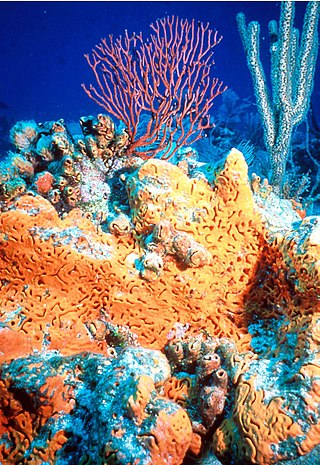Top Qs
Timeline
Chat
Perspective
Filozoa
Monophyletic grouping within the Opisthokonta From Wikipedia, the free encyclopedia
Remove ads
The Filozoa are a monophyletic grouping within the Opisthokonta. They include animals and their nearest unicellular relatives (organisms which are more closely related to animals than to fungi or Mesomycetozoa).[1]
Three groups are currently included within the clade Filozoa:
- Group Filasterea - recently[when?] described to include the genera Ministeria and Capsaspora
- Group Choanoflagellatea - collared flagellates
- Kingdom Animalia - the group of which all extant animals belong to
Remove ads
Etymology
The name Filozoa originates from the Latin word filum meaning "thread" and the Greek word zōion meaning "animal".
Phylogeny
Below is a phylogenetic tree of Filozoa and the groups most closely related to the Filozoa :[2][3][4][5]
| Opisthokonta |
| ||||||||||||||||||||||||||||||||||||||||||
| 1300 mya |
Remove ads
Characteristics
The ancestral opisthokont cell is assumed to have possessed slender filose (thread-like) projections or 'tentacles'. In some opisthokonts (Mesomycetozoa and Corallochytrium) these were lost. They are retained in Filozoa, where they are simple and non-tapering, with a rigid core of actin bundles (contrasting with the flexible, tapering and branched filopodia of nucleariids and the branched rhizoids and hyphae of fungi). In choanoflagellates and in the most primitive animals, namely sponges, they aggregate into a filter-feeding collar (made from microvilli, that are also made from actin) around the cilium or flagellum; this is thought to be an inheritance from their most recent common filozoan ancestor.[1]
References
Wikiwand - on
Seamless Wikipedia browsing. On steroids.
Remove ads



